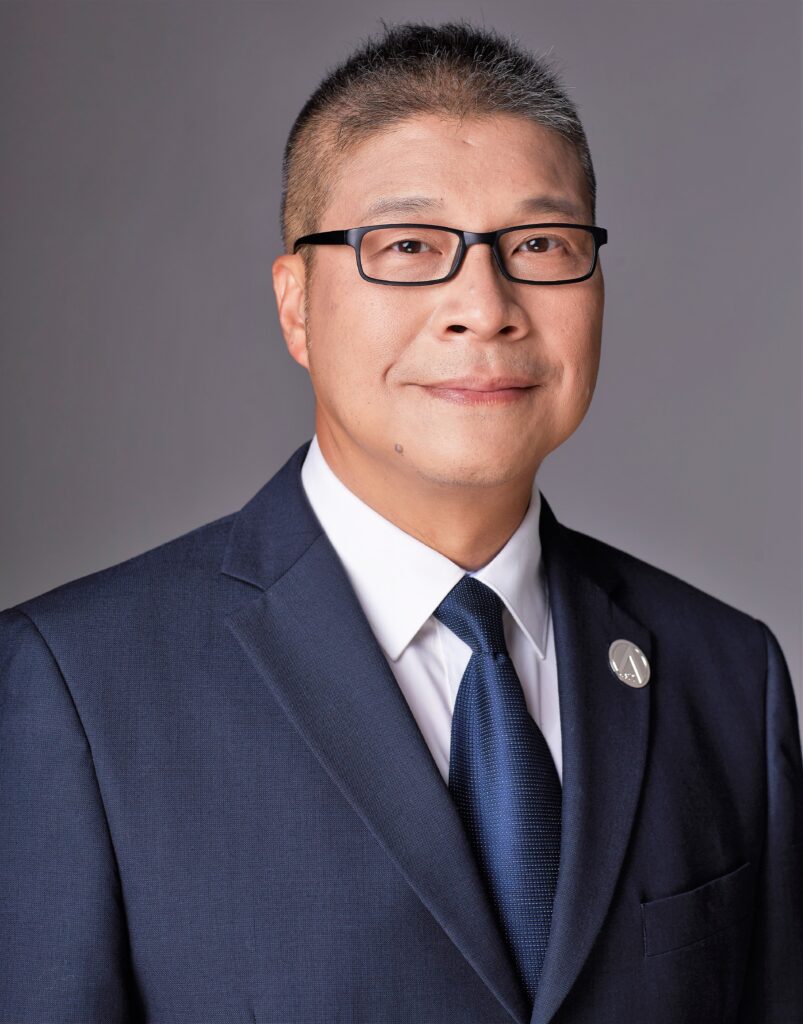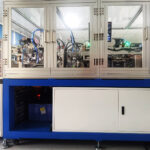ASIA ELECTRONICS INDUSTRYYOUR WINDOW TO SMART MANUFACTURING
Proven Strategies Keep TDK China Afloat in Competition
Globally, the novel coronavirus (COVID-19) pandemic continues to wreak havoc on many businesses and markets for the past two years already. Furthermore, the virus spread has also brought significant changes, not just on economies but also on how people live.
Although TDK (China) Co., Ltd. is one of the expansive companies operating in China, it has felt too the wrath of COVID-19, which has stagnated supply chains and other business undertakings. Add to this are other factors that posed challenges to the manufacturing landscape not just in China but elsewhere in the world.

Joe Kit Chu Lam, General Manager, China Headquarter, at TDK, noted that while the future of the pandemic remains uncertain, the spread of the virus somehow highlighted the resilience of human society and “its ability to flexibly adapt and continue, even in the most difficult circumstances.”
Nonetheless, China’s economy is likely to post stable economic growth. Hence, despite some challenges global economies faced the past years, Lam maintained business at TDK China remains strong, thanks to advancements in the automobile industry.
In this interview with AEI, Lam shared business prospects for the future and the mega trends that will drive growth.
AEI: Can you give us your take on the general market situation in China?
Lam: For Q4 of CY2021, China’s GDP growth rate resulted to 4 percent, which was the weakest growth for the year. Nonetheless, the country’s total GDP growth for the year stood at 8.1 percent brought about by strong domestic and external demand.
A forecast made by the Chinese Academy of Sciences (CAS) said China’s full-year GDP growth rate for 2022 will likely hit 5.5 percent. We see the economy to grow stably, although it will be in the first half, but slightly faster in the second half.
AEI: How was TDK’s business in China the past year?
Lam: China’s market recovered largely in the first half of CY2021 due to continuous domestic and export demand increase. However, massive energy shortage, shipping delay brought about by raw material and IC shortages, as well as property crisis, the economy slowed down in the second half. Nonetheless, the sales of TDK in China were very strong, mainly because of the good moment of the automotive market, particularly coming from new energy vehicle (NEV) segment.
AEI: Can you describe the market situation of major business segments, namely automotive, communications, as well as industrial equipment?
Lam: China’s smartphone shipment in CY2022 is expected to be around 300M units, which is negative growth compared to CY2021 with year-on-year of -12 percent. The automotive market in CY2021 yielded production of 26.1 million units for a year-on-year growth of 103 percent. CY2022 is estimated at 27.5 million units for on the year growth of 105 percent. Meanwhile, production of xEV in CY2021 yielded 3.55 million for on-year growth of 260 percent. This exceeded government’s target of 2 million units. China national policies encouraged consumption by subsidies and the development of charging infrastructure. For CY2022, the production of xEV is likely to grow 141 percent to 5 million units. However, this will depend on the xEV subsidy as well as the supply chain scenario for ICs and sensors.
Meanwhile, our sales for drives, photovoltaic (PV), energy transmission, are moving in good momentum. Particularly, China’s PV installation yielded 53GW, growing 110 percent year-on-year. Also, we also noted steady growth in the home appliances segment. Particularly, this is true for washing machine and refrigerators. However, sales of air conditioning units decreased to slow down in demand.
AEI: How does TDK China plan to fit itself in the Chinese industrial policy of Made in China 2025?
Lam: In the ICT market, we will focus more on 5G-related high value-added applications, particularly in mmWave, automotive connectivity, and extended reality (XR). We will execute technical exchange meeting to understand customer’s requirement and integrate them to our product development. Meanwhile, we will also identify what are customer’s exact needs are.
In the automotive market, first, we will expand local target customers’ business focusing on xEV, ADAS/AD, Comfort & connectivity.
Our objective is to develop new customers and new businesses in the future and understand the supply chain and demand of new players.
AEI: How do you deal with some challenges in the supply chain as well as countermeasures you do to prevent related circumstances, such as supply shortage, soaring prices, among others?
Lam: TDK’s manufacturing system is premised on securing raw materials and other supplies in adequate quality and quantity in a timely manner from multiple external suppliers. However, for major raw materials, we may rely on a limited number of difficult-to-replace suppliers. Because of this, there may be instances supply interruption due to disasters, accidents, or some other event at the supplier level. In addition, there may also be supply interruption due to quality or other issues or there is a shortage of supply due to an increase in demand for finished products.
We monitor continuously procurement risk of raw materials, and we do this with related business divisions within the company, while at the same time working on risk avoidance through multi-sourcing and long-term supply agreements.
For materials and parts procured from local sources, we also look for alternative procurement overseas for risk avoidance. We examine the material supply situation in other countries as well through a network of trading companies who are knowledgeable in processing of material source survey.
For conflict minerals, we investigate smelters according to the framework of the Responsible Mineral Initiative. In addition, we have properly identified the CSR compliance status on the supplier side, such as working environment.
AEI: Can you describe the landscape of the competition with other market players, particularly as far as price point is concerned?
Lam: TDK supplies electronic components to a broad range of fields in an electronics industry where competition is extremely stiff. These fields include information and communications technology (ICT) represented by smartphones; the automobile field, where use of onboard electronics is increasing; and energy-related fields such as solar and wind power generation. Price is one of the main competitive factors differentiating us from other companies in the industry in which leading Japanese companies, as well as other companies from South Korea, Taiwan, and China have fueled intense price competition.
TDK is working to promote cost-cutting initiatives and increase profitability to counter this market competition. However, such price trends could have a significant effect on business results.
In each business of TDK, we strive to avoid price competition by creating high value-added products, and continuously promote cost reduction measures. In addition, we are working to improve capital efficiency and profitability company-wide and strive to minimize the negative impact of lowering price on our business performance.




